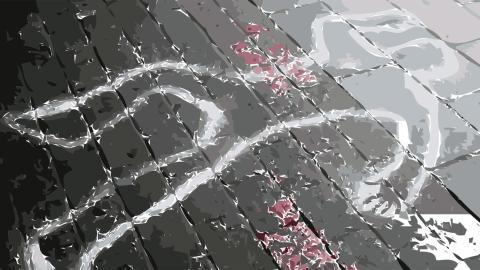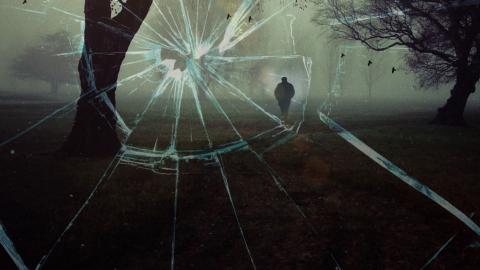Warning: Some of the content and descriptions in this article are graphic and violent in nature and may be upsetting to some people.
Amy Butterfield takes a closer look at several of the cases featured in our Australian True Crime Mysteries curated collection.




